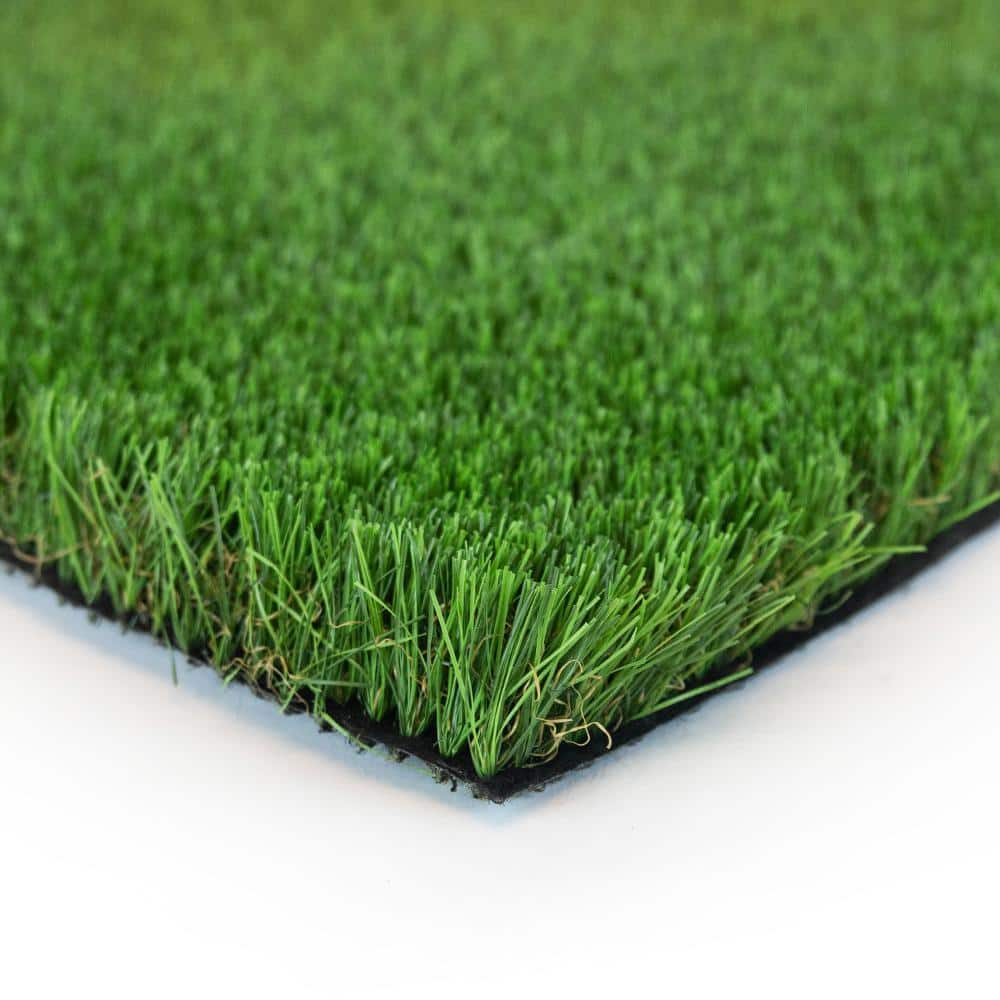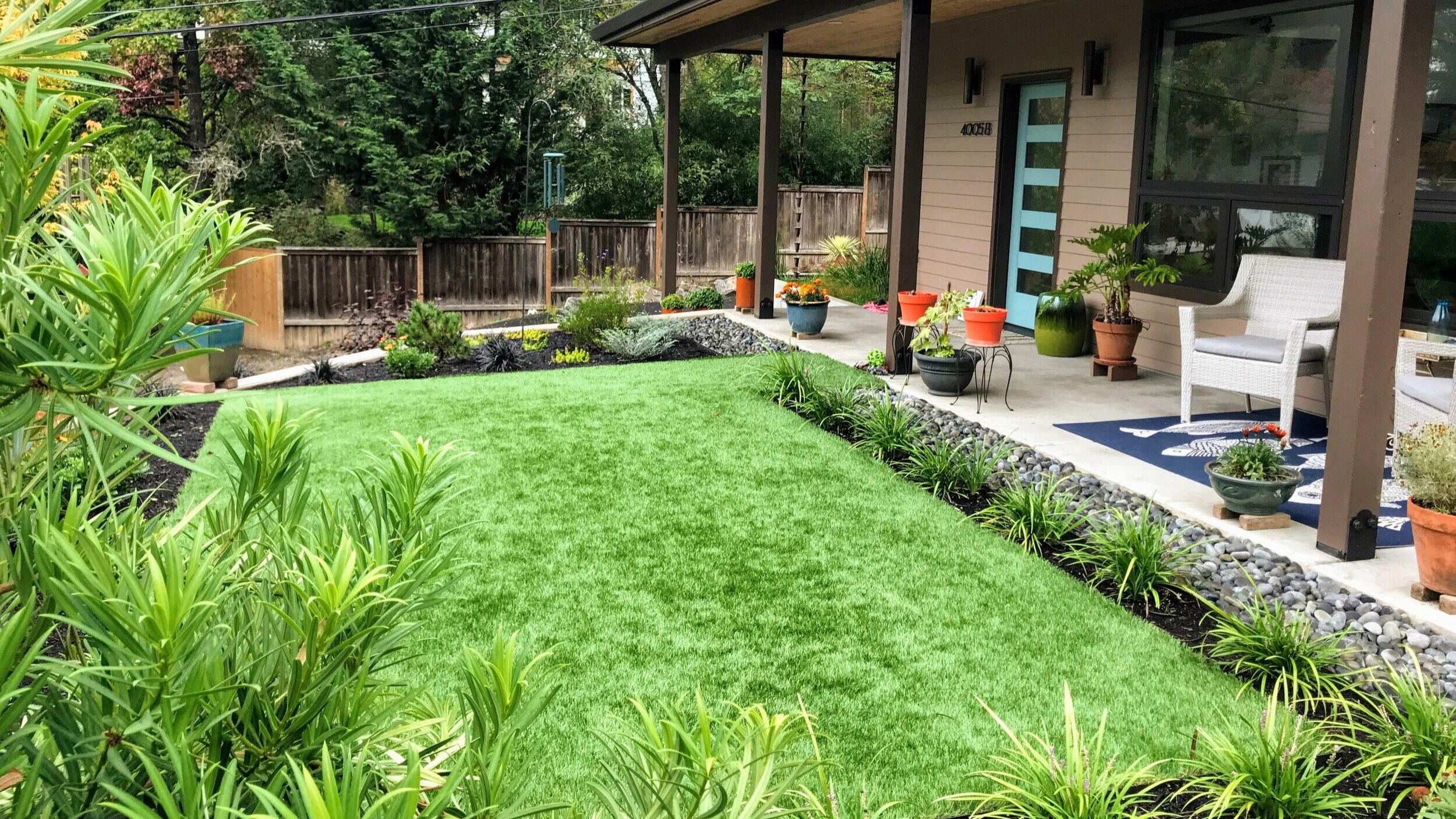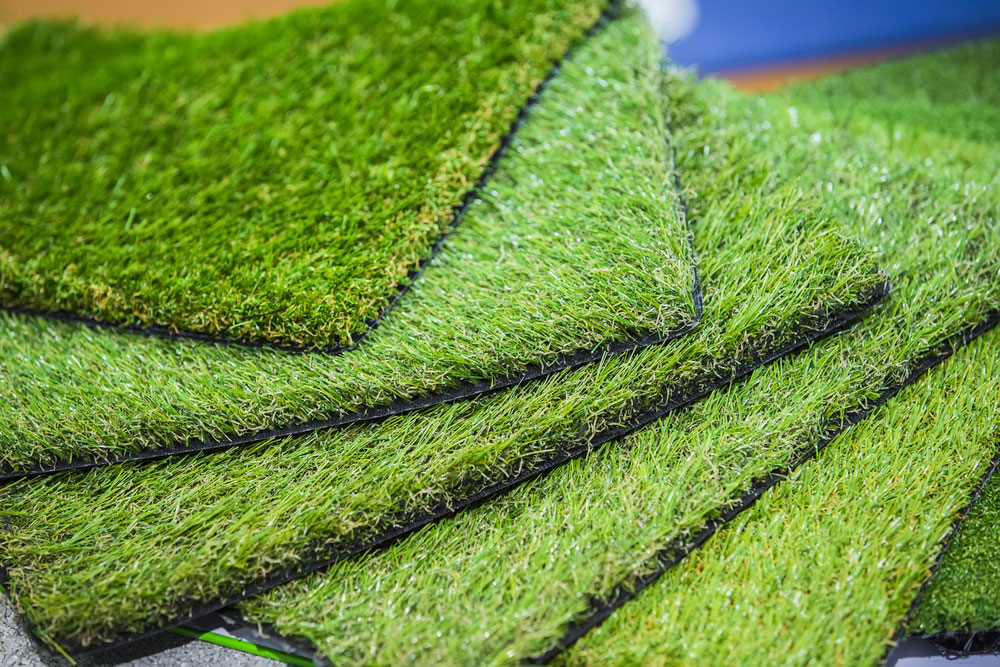Delve Into the Environmental Conveniences of Opting for Artificial Lawn Solutions
The fostering of fabricated turf solutions offers an engaging possibility to deal with pressing ecological challenges. By dramatically reducing water usage and minimizing the application of harmful chemicals, these choices not only promote lasting landscaping but additionally protect local environments. The lower carbon footprint linked with decreased maintenance tasks adds to a much more sustainable strategy to land monitoring. The implications of these advantages extend past mere preservation efforts, raising inquiries concerning their long-lasting impact on environment preservation and general ecological equilibrium. Checking out these measurements discloses an intricate interplay worth considering.
Water Conservation Conveniences
One of one of the most significant benefits of man-made lawn is its ability to save water. Typical turf yards need considerable watering, specifically in locations susceptible to dry spell or water limitations. In comparison, synthetic grass does not need watering, considerably minimizing the general need for water sources. This function is especially beneficial in arid areas where water deficiency is a pressing problem.
By removing the requirement for routine watering, artificial turf adds to sustainable landscape practices and aids minimize the ecological effect of too much water intake. The preservation of water prolongs to the decrease of overflow, which can lead to soil erosion and waterway pollution.
Additionally, the setup of artificial grass permits communities and property owners to allot water resources more effectively, focusing on crucial usages such as drinking water and agriculture. The shift towards synthetic grass not only promotes responsible water usage but likewise straightens with broader environmental goals aimed at maintaining natural deposits.
As areas increasingly prioritize sustainability, the water preservation benefits of artificial grass offer an engaging instance for its adoption in domestic and business landscaping jobs.
Decreased Chemical Use
The shift to man-made grass considerably decreases the reliance on chemical therapies generally made use of in natural lawn maintenance. Typical lawn management typically entails the application of herbicides, chemicals, and fertilizers to advertise growth and control bugs. These chemicals can position risks to human health, regional wildlife, and the environment, adding to dirt and water contamination.
In contrast, synthetic grass eliminates the demand for these dangerous compounds. As soon as mounted, it calls for very little maintenance, mostly including normal cleansing and seldom infill replenishment. This reduction in chemical use not just profits the instant setting but likewise adds to more comprehensive environmental security. By reducing the launch of artificial compounds into the ecological community, synthetic grass promotes healthier soil and water supply.
Furthermore, the absence of chemical overflow related to fabricated grass installations assists secure neighborhood waterways from pollution, sustaining marine life and preserving biodiversity. Arizona turf. As communities significantly prioritize sustainable techniques, opting for synthetic grass presents a practical remedy that aligns with environmental preservation objectives. With this change, residential or commercial property proprietors can enjoy lavish environment-friendly areas without endangering eco-friendly health, leading the way for an extra lasting future
Reduced Carbon Footprint

Additionally, the installment of synthetic grass can result in considerable water preservation. All-natural lawns need substantial quantities of water for irrigation, which not only includes in the carbon footprint related to water extraction and therapy yet also pressures local water resources. On the other hand, synthetic grass needs very little upkeep, needing no watering, therefore considerably minimizing water use and its linked energy expenses.
Furthermore, the durability of man-made lawn adds to its reduced carbon impact. With a lifespan of up to 15 years or even more, the need for regular replacements is decreased, resulting in much less waste and lower energy consumption in production and disposing of traditional yard alternatives. In general, man-made grass offers a sustainable alternative for environmentally aware landscape design.
Environment Preservation
Habitat conservation is a vital consideration in the discussion over landscaping choices, check my site especially when contrasting synthetic grass to natural yard. All-natural grass lawns commonly need comprehensive upkeep, consisting of making use of herbicides, chemicals, and fertilizers, which can negatively impact neighborhood ecosystems. These chemicals can seep right into the dirt and waterways, damaging native vegetation and fauna and interfering with regional habitats.
In comparison, artificial lawn presents a possibility to decrease the eco-friendly footprint of landscape design. By deciding for artificial turf, property owners can minimize the interruption of natural environments related to typical lawn treatment methods. Synthetic grass removes the need for unsafe chemicals, thus shielding close-by wild animals and preserving the integrity of surrounding ecological communities. Additionally, the setup of artificial grass can cause the conversion of previous grass locations right into more biodiverse landscapes, such as pollinator gardens or native plant areas, which can support regional wildlife.
Ultimately, the change to artificial turf not only conserves water and decreases maintenance efforts but also promotes a more harmonious relationship in between human activities and the native environment, advertising environment conservation while doing so.
Long-Term Sustainability
Lasting sustainability is an important element in examining the advantages of synthetic grass over standard turf lawns. Among one of the most substantial advantages of synthetic grass is its sturdiness; it can last up to 15-20 years with minimal upkeep, whereas natural grass calls for constant reseeding and substitute. This long life decreases the need for constant resources, such as water, plant foods, and chemicals, which are important for maintaining a healthy and balanced grass lawn.
In addition, man-made turf adds to a reduction in carbon exhausts linked with lawn treatment equipment. Typical yards frequently call for gas-powered mowers, leaners, and blowers, all of which add to air contamination. Phoenix turf companies. In comparison, synthetic grass eliminates the need for such equipment, promoting a cleaner setting
Moreover, the manufacturing of man-made lawn progressively utilizes recycled materials, boosting its sustainability account. As manufacturers adopt environmentally friendly practices, the environmental footprint of synthetic grass continues to diminish.

Verdict
The fostering of synthetic grass solutions provides considerable environmental benefits, including significant water conservation, lowered reliance on unsafe chemicals, and a reduced carbon impact. Moreover, synthetic grass aids in preserving all-natural environments by decreasing land disruption and promoting lasting sustainability with making use of long lasting products. Jointly, these aspects emphasize the potential of artificial lawn to contribute positively to ecological health and supply a feasible alternative to traditional landscape design methods in a progressively resource-conscious world.
In contrast, artificial turf does not need watering, significantly decreasing the total need for water sources. By lessening the launch of artificial substances into the ecosystem, man-made grass promotes healthier dirt and water systems.
Furthermore, the installment of fabricated lawn can result in substantial water preservation. In comparison, artificial turf needs very little maintenance, requiring no watering, thereby considerably minimizing water usage and its linked power expenses.
